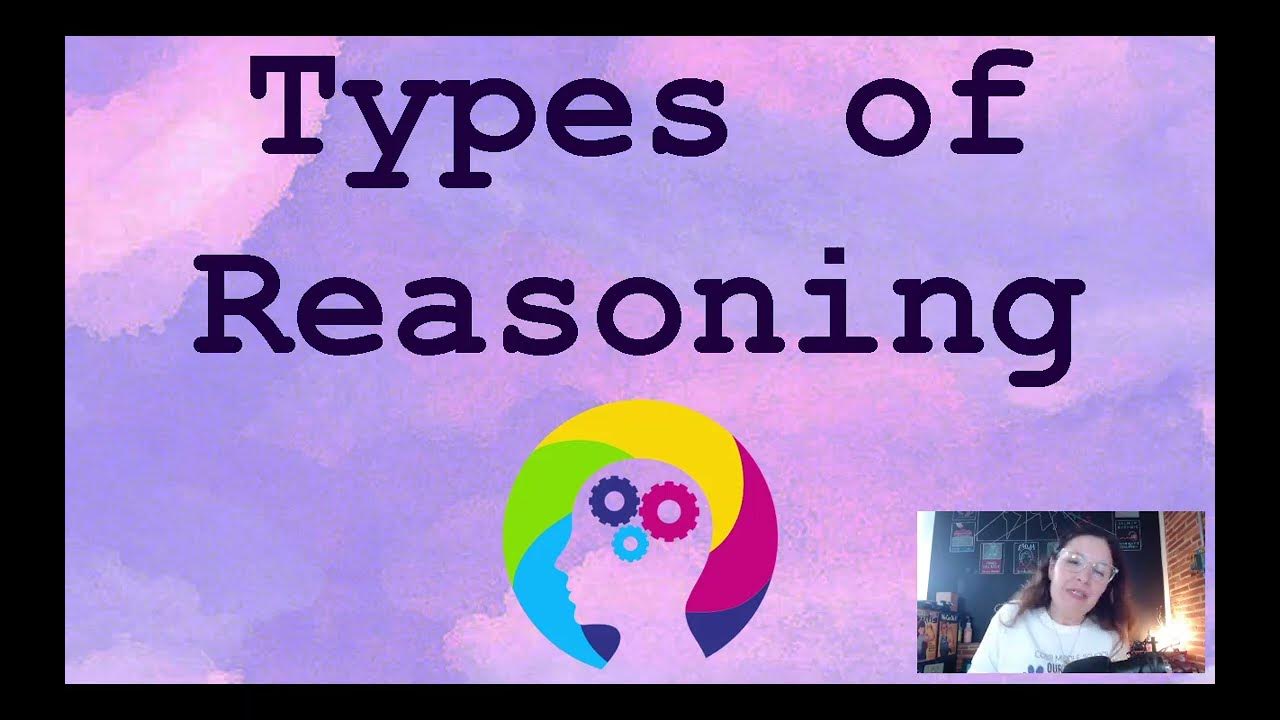5. Kritis menanggapi perumpamaan
Summary
TLDRIn this fifth episode of 'Latih Logika,' Andhyta introduces the concept of analogical reasoning, a form of inductive reasoning that uses similarities between examples and the topic at hand. The video explains the practical use of analogies in daily life, such as explaining why cheating is wrong by likening it to stealing. It outlines two key steps for creating strong analogies: ensuring the example is factual and has sufficient similarities to the topic. The script also warns against relying solely on a single analogy without supporting premises, emphasizing the importance of critical thinking in argumentation.
Takeaways
- 😀 The video is part of a free online critical thinking course called 'Latih Logika!'.
- 🔍 The presenter, Andhyta, introduces the concept of 'analogy' as a type of inductive reasoning.
- ✅ Analogies are used to draw similarities between examples and the topic being discussed, often using words like 'like', 'as if', 'for example', etc.
- 🌐 Analogies are practical in daily life for explaining complex ideas to those who may not understand them.
- 🚫 Siska's example uses the analogy of a 'thief' to explain why plagiarism is wrong, making it relatable to a young child.
- 📚 To create a strong analogy, the example used must be factually accurate and serve as a solid premise for the argument.
- 📉 The use of fables or proverbs as analogies can be weak if the story is not based on real events, as it may not be convincing.
- 🤔 The example in an analogy doesn't need to be identical to the topic but should share significant similarities.
- 🔗 The more differences there are between the two items being compared in an analogy, the weaker the analogy becomes.
- ⚠️ A single analogy should be treated as just one premise and should be supported by additional premises for a strong argument.
- 👉 The video concludes by encouraging viewers to be cautious of arguments that rely solely on a single analogy without further support.
Q & A
What is the main topic of the fifth video in the 'Latih Logika' series?
-The main topic of the fifth video in the 'Latih Logika' series is 'analogy,' which is another type of inductive reasoning.
How is analogy defined in the context of the video?
-In the video, analogy is defined as the use of examples that have similarities with the topic being discussed.
What are some words that might indicate the use of analogy in an argument?
-Words such as 'seperti', 'bagaikan', 'ibarat', and similar expressions might indicate the use of analogy in an argument.
Why is analogy useful in everyday life?
-Analogy is useful in everyday life because it helps explain something to someone who doesn't understand it by drawing a comparison.
Can you provide an example from the video where analogy is used to explain a concept?
-In the video, Siska uses an analogy to explain to her younger sibling why cheating is wrong by comparing a cheater to a thief.
What are the two steps to consider when making or checking an analogy according to the video?
-The two steps are: first, ensuring the example used is factual, and second, making sure the example has enough similarities with the topic being discussed.
Why is it important that the example used in an analogy is based on facts?
-The example used in an analogy is the premise of an argument, and for the argument's conclusion to be strong, the premise must be true or factual.
What is an example of a weak analogy provided in the video?
-A weak analogy provided in the video is comparing patience when bullied to the story of 'Bawang Putih Bawang Merah', which is not a real occurrence.
How does the video illustrate the importance of having enough similarities in an analogy?
-The video illustrates this by comparing a thief, who takes physical items, with a cheater, who takes intellectual property, highlighting that both take something for their own benefit.
What is the main caution the video gives about relying solely on an analogy in an argument?
-The video cautions that one should be careful of arguments that rely on a single analogy without support from other premises.
What is the next topic to be covered in the 'Latih Logika' series after analogy?
-The next topic to be covered in the 'Latih Logika' series is how to quote opinions of figures to strengthen arguments.
Outlines

This section is available to paid users only. Please upgrade to access this part.
Upgrade NowMindmap

This section is available to paid users only. Please upgrade to access this part.
Upgrade NowKeywords

This section is available to paid users only. Please upgrade to access this part.
Upgrade NowHighlights

This section is available to paid users only. Please upgrade to access this part.
Upgrade NowTranscripts

This section is available to paid users only. Please upgrade to access this part.
Upgrade NowBrowse More Related Video

Types of Reasoning - Deductive, Inductive, and Abductive

Inductive and Deductive Reasoning || Mathematics in the Modern World

Qiyas (1) | Syarah Waraqat karya Imam Jalaluddin al-Mahalli #18

9. Sesat pikir #1: salah fokus

Deductive and Inductive Reasoning (Bacon vs Aristotle - Scientific Revolution)

How to Argue - Induction & Abduction: Crash Course Philosophy #3
5.0 / 5 (0 votes)